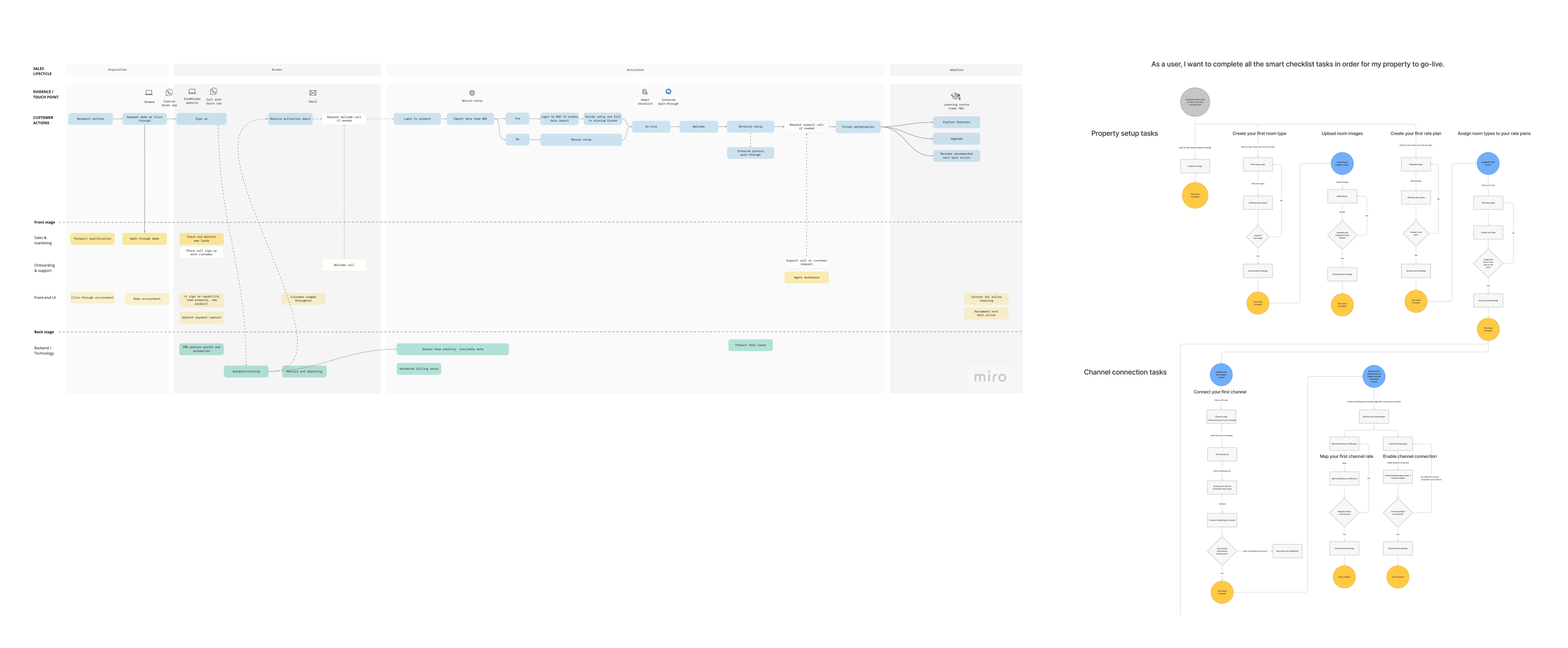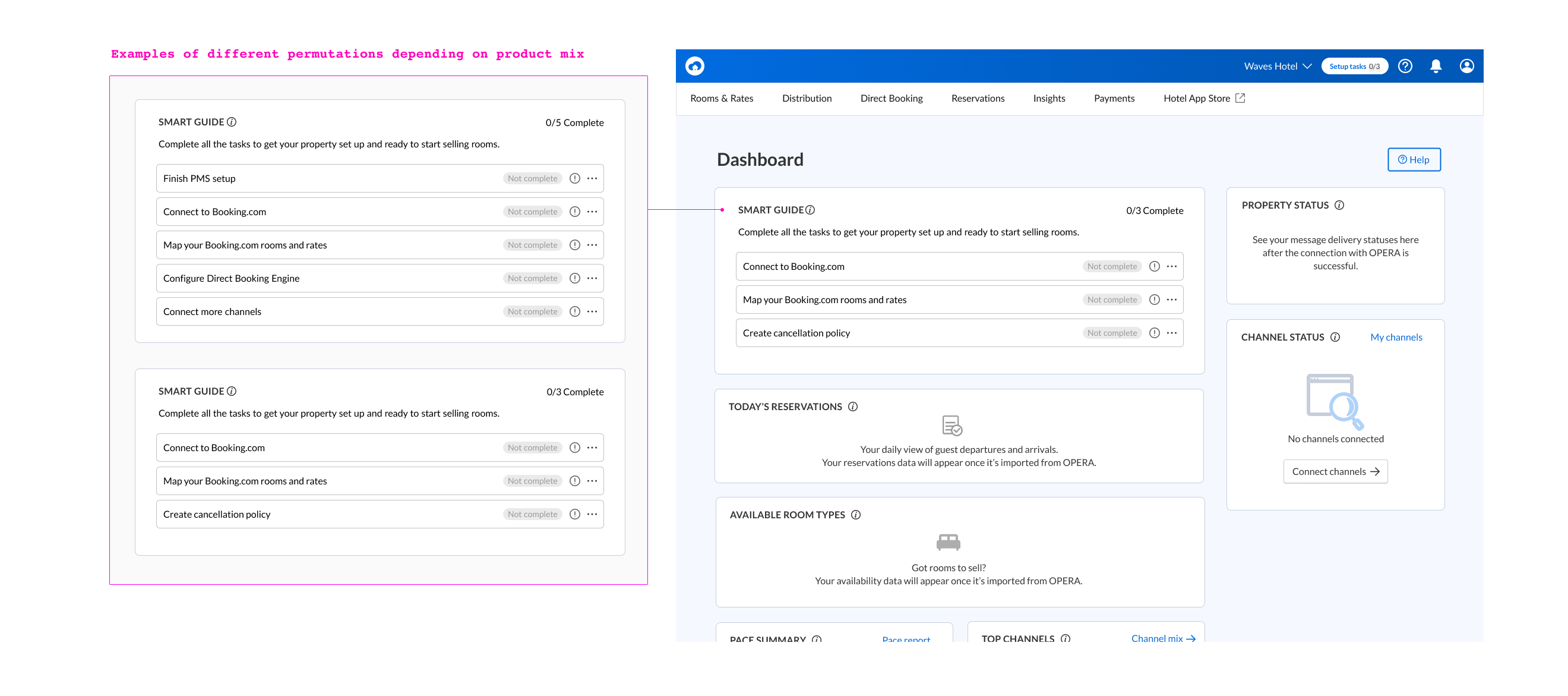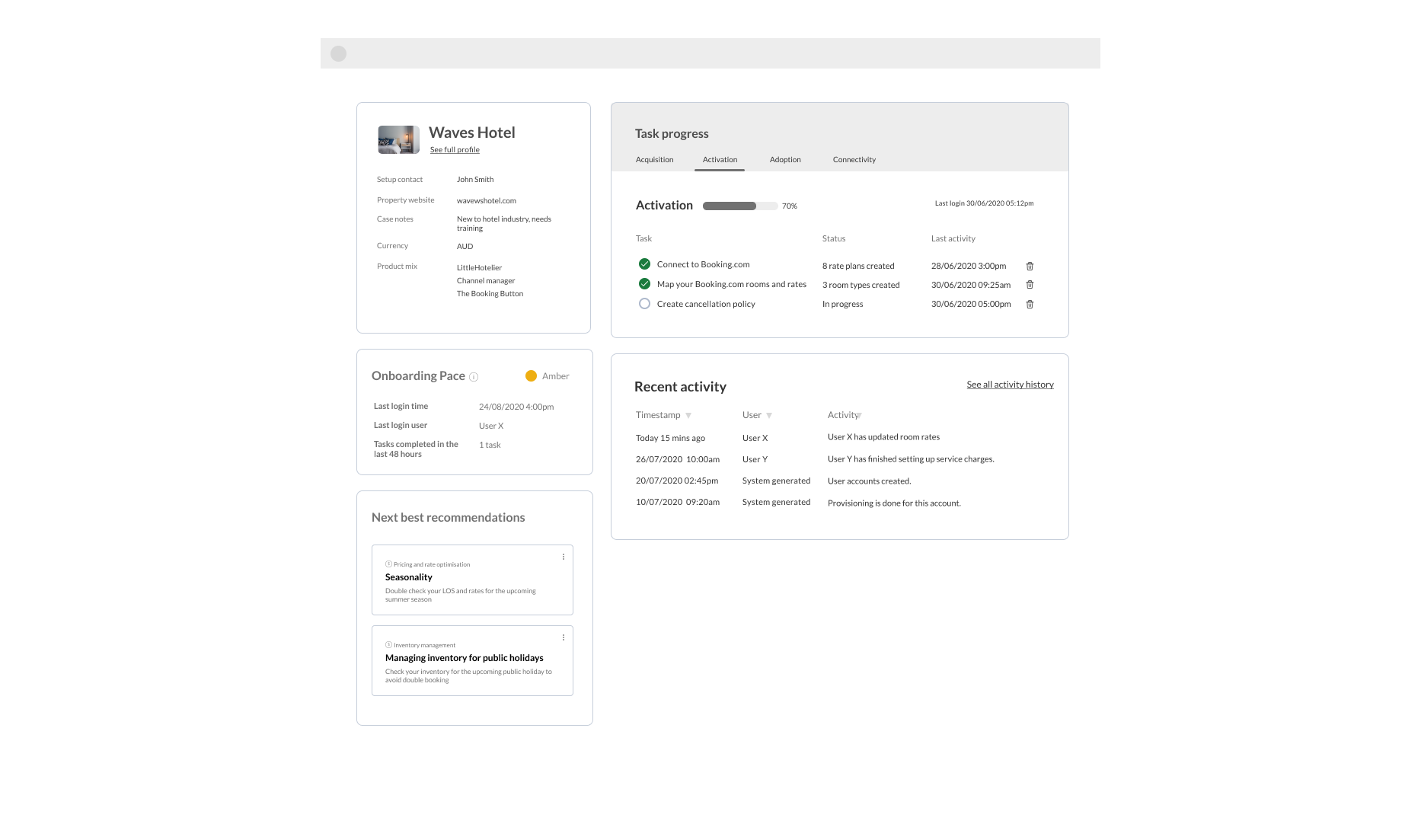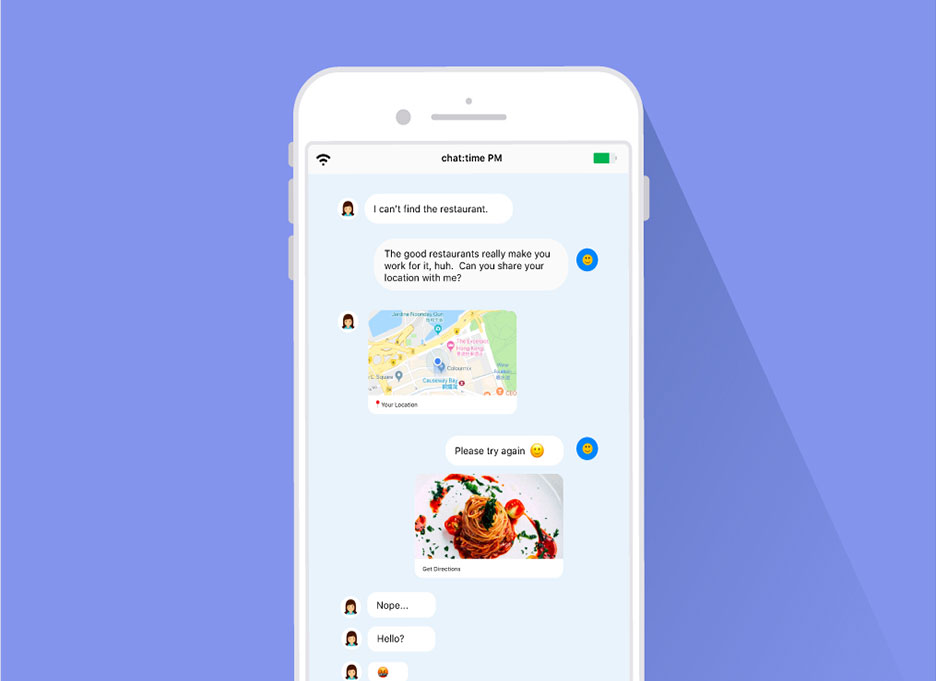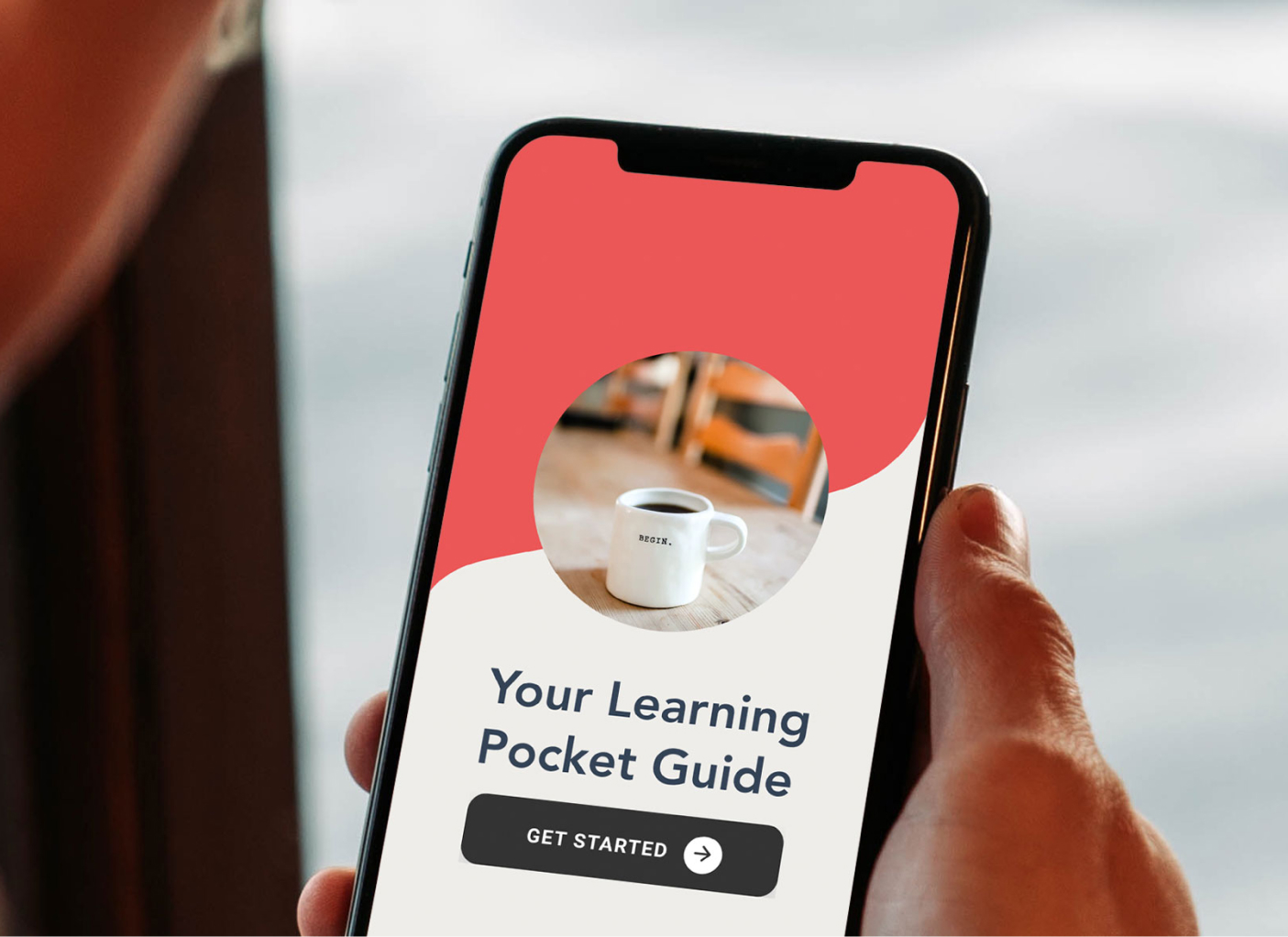DESIGNING THE NEW ONBOARDING
Guided self-service onboarding
We introduced several new features to guide customers through the self-service onboarding, one of which is a dynamic checklist depending on their subscription mix.
✅ Smart guide feature
I explored different patterns to give customers more transparency on the process and contextual tips to unpack some of the complexities.
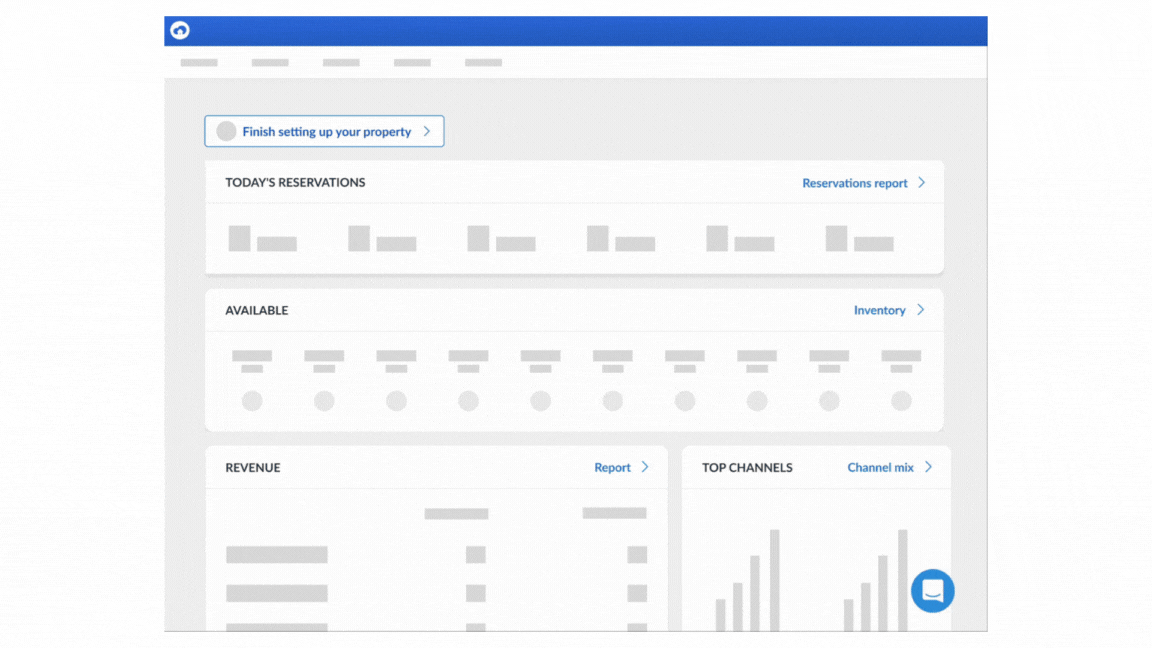
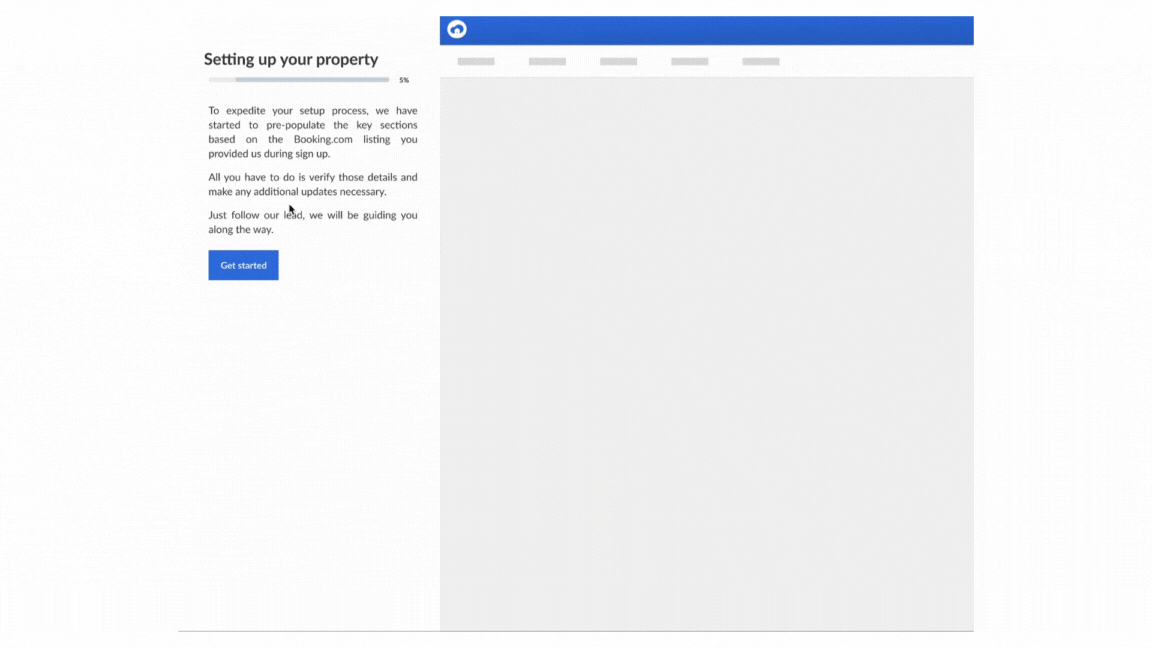
Pattern 1 (top) integrates with an external tool Intercom vs Pattern 2 (bottom), a split screen design that optimizes for contextual navigation
Some of the key considerations include how customers land on the smart guideline, its interactions upon completion and where they can get help or escalate to a human if needed (scoped as an entirely separate project to create a better learning experience).
Both patterns pose technical challenges - with pattern 1 relying too heavily on external tools and pattern 2 being hard to scale, especially responsively.
Another place to host this feature is the default landing page after every login - the Dashboard. Essentially, this could become a "springboard" that redirects customers to the respective page to setup their property. This meant that we won't have to create new landing pages as the earlier explorations would have required us to.
For the post-MVP future state, I also explored an internal view for support staff to allow support staff to track customer onboarding progress and advise ‘next best recommendations’ to improve customer’s property health.

